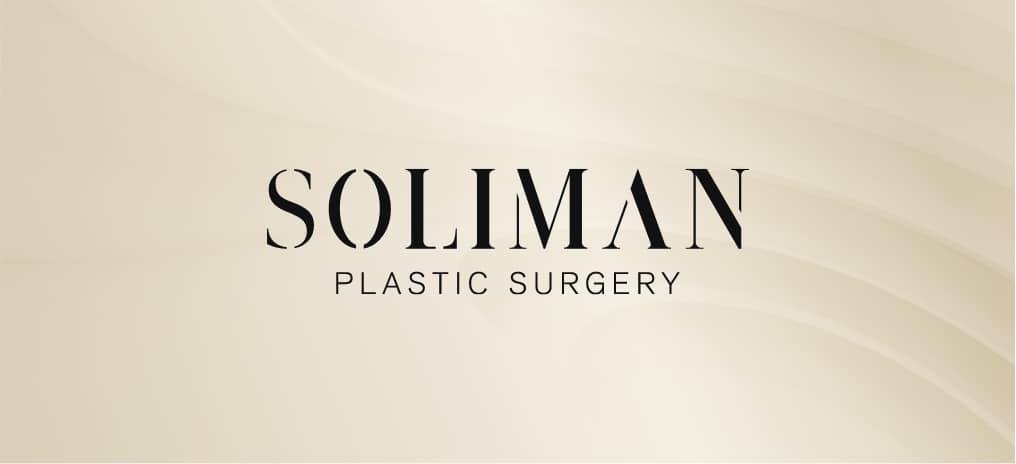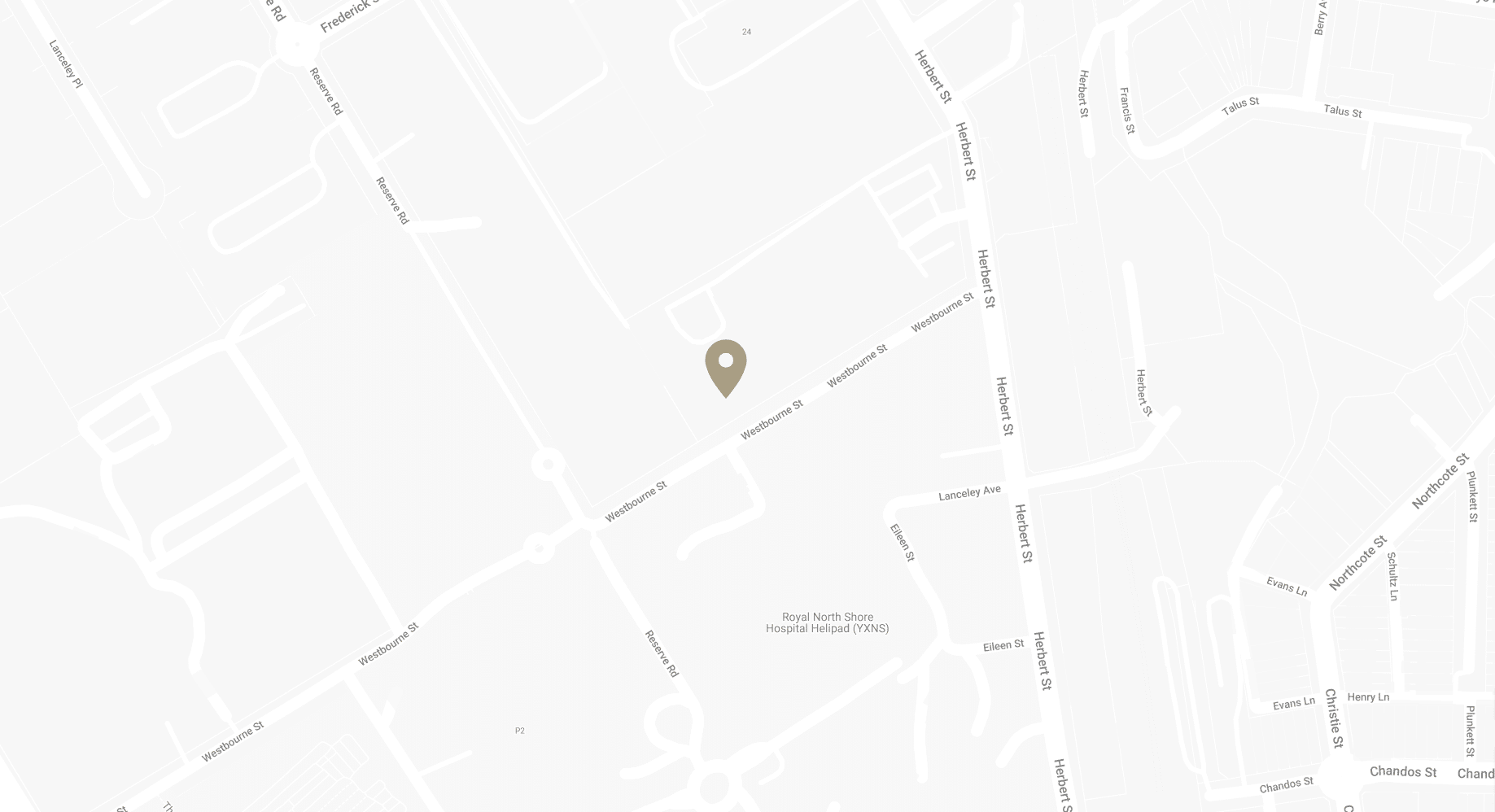Insights and Advice for a Successful Recovery Journey after Breast Reconstruction
Lumbar Artery Perforator (LAP) breast reconstruction is an innovative surgical technique that utilises tissue from the lower back to create a natural-looking breast following a mastectomy. This procedure offers an alternative for patients who may not be suitable candidates for more common reconstruction methods, such as DIEP (Deep Inferior Epigastric Perforator) flap or PAP (Profunda Artery Perforator) flap. As with any surgical procedure, understanding the recovery process is important for potential patients to make informed decisions and set realistic expectations. In this blog, Sydney Specialist Plastic Surgeon Dr Bish Soliman will guide you through the recovery after LAP breast reconstruction, focusing on the key milestones and considerations at each stage.
Immediately After LAP Flap Surgery
Upon waking up from anaesthesia, you may feel groggy and disoriented, which is a normal reaction. Dr Bish Soliman and his team will ensure that you receive appropriate pain medications to manage any discomfort. You will also have drains in place to remove excess fluid from the surgical sites, helping to prevent complications such as seroma formation. Our nursing staff will provide you with detailed instructions on how to care for your incisions and drains, ensuring that you feel confident in managing your post-operative care.
Most patients can expect to stay in the hospital for 5-7 days following LAP breast reconstruction. During this time, our team will closely monitor your recovery, assessing the flap’s blood flow and watching for any signs of complications. You will be encouraged to take short walks to promote circulation and prevent blood clots, but rest is equally important to allow your body to heal.
The First Week after LAP Flap Reconstruction
As you transition to home care, it is essential to have a support system in place. You might go home with a drain (which can take up to 3 weeks to stop) to avoid seroma. Mobility may be limited, and assistance with daily tasks can be beneficial. Pain and discomfort are expected during this period, but prescribed medications will help manage these symptoms. Take pain relief as directed and do not hesitate to contact Dr Bish Soliman’s team with any concerns.
Monitoring for complications is crucial during the first week. Be vigilant for signs of infection, such as redness, swelling, or discharge from the incision sites, as well as symptoms of blood clots, including pain, swelling, or warmth in the legs. Attend all scheduled follow-up appointments with Dr Soliman to ensure proper healing and address any concerns promptly.
Activity restrictions are necessary to protect the healing tissues. Avoid lifting anything heavier than 2-3 kilograms and refrain from strenuous activities. Short, gentle walks are encouraged, but listen to your body and rest when needed. Sleeping on your side or stomach may be uncomfortable during this time, so it’s best to sleep on your back with extra pillows for support.
Weeks 2-4 after LAP Breast Reconstruction
As your recovery progresses, you can gradually increase your activity levels. Light household tasks and short walks can be resumed, but continue to avoid lifting heavy objects or engaging in vigorous exercise. Dr Soliman will provide guidance on when it is safe to resume work and other activities.
Incision care and scar management are ongoing priorities. Continue to keep the incision sites clean and dry, following any specific instructions provided by our team. Scar massage and the use of silicone strips or gels may be recommended to help minimise scarring and promote healing. Remember that scars will initially appear red and raised but will fade and flatten over time with proper care.
Swelling and bruising will continue to subside during this period, and you may notice a gradual improvement in the appearance of your reconstructed breasts. Wearing a supportive, well-fitting bra is essential to maintain the breasts’ shape and protect the healing tissues. Dr Bish Soliman may recommend specific bra styles or provide guidance on when to begin wearing regular bras.
Weeks 4-8 after LAP Breast Reconstruction
One month after surgery, most patients can resume light exercise and normal activities. However, it is still important to avoid high-impact exercises or activities that may put undue stress on the healing tissues.
Scar management continues to be a focus during this period. In addition to massage and silicone strip/gel use, you may explore other scar treatment options, such as laser therapy or topical treatments. Our team can provide recommendations and guide you in choosing the most suitable approach for your needs.
For patients who have undergone skin-sparing mastectomy, nipple and areola reconstruction may be discussed during this time. This procedure involves creating a new nipple and areola using skin from the reconstructed breast or donor site. Tattooing can also be used to create a realistic appearance. Dr Soliman will discuss the options and timing of this procedure with you individually.
Emotional adjustment is an integral part of the recovery process. You may experience a range of emotions, from joy and relief to anxiety and self-consciousness. It is essential to acknowledge these feelings and seek support when needed. Dr Soliman can provide resources for emotional support, including referrals to counsellors or support groups specifically designed for breast reconstruction patients.
Months 2-6 after LAP Breast Reconstruction
As your recovery progresses, you will continue to see improvements in the appearance and feel of your reconstructed breasts. Scars will continue to mature and fade, becoming less noticeable over time. The shape and size of the reconstructed breasts will also settle, and any residual swelling will subside.
During this period, you can typically resume all normal activities and exercise, including more strenuous pursuits. However, it is still important to listen to your body and gradually increase the intensity of activities to avoid overexertion.
Follow-up Care
Appointments with Dr Bish Soliman
Follow-up care is an essential component of the recovery process after LAP breast reconstruction. Regular appointments with Dr Bish Soliman are crucial for monitoring your progress, addressing any concerns, and ensuring optimal results.
During these scheduled check-ups, Dr Soliman will thoroughly assess your healing progress, evaluating factors such as incision site healing, flap viability, and overall breast appearance. These appointments provide an opportunity for you to discuss any questions or concerns you may have about your recovery, such as pain management, scar care, or physical limitations.
Dr Soliman will also use these follow-up visits to plan for any future procedures that may be necessary to achieve the best possible outcome. For example, nipple reconstruction is often performed as a separate procedure a few months after the initial breast reconstruction. This allows the reconstructed breast to heal and settle before undergoing additional surgery. Dr Soliman will discuss the timing and options for nipple reconstruction.
In some cases, symmetry adjustments may be recommended to ensure that the reconstructed breast matches the natural breast as closely as possible. These adjustments may involve procedures such as fat grafting, where fat is transferred from another area of the body to the reconstructed breast to improve shape and contour. Dr Soliman will assess the need for symmetry adjustments during follow-up appointments and develop a personalised plan to achieve the most natural-looking results.
Long-term Maintenance
While the initial recovery period after LAP breast reconstruction is crucial, long-term maintenance is equally important for ensuring the best possible outcomes and maintaining breast health.
Ongoing self-exams and regular mammograms are essential for detecting any changes or abnormalities in the breasts (only need to mammogram the non reconstructed side, ultrasound the flap if any concerns). Dr Bish Soliman will provide guidance on how to perform self-exams on your reconstructed breast and when to schedule mammograms. It is important to follow these recommendations diligently, as early detection of any issues can lead to more effective treatment and better outcomes.
Maintaining a healthy lifestyle is another key aspect of long-term maintenance after LAP breast reconstruction. Eating a balanced diet, staying hydrated, and engaging in regular exercise can help you maintain a stable weight, promote overall health, and support the healing process. It is also important to avoid smoking and excessive alcohol consumption, as these habits can impair circulation and increase the risk of complications.
Staying connected with Dr Soliman’s team is essential for ongoing support and care. If you have any questions, concerns, or issues arise, do not hesitate to reach out to the team. They are committed to providing comprehensive care and support throughout your recovery journey and beyond.
By attending regular follow-up appointments with Dr Bish Soliman, planning for future procedures as needed, and maintaining a healthy lifestyle, you can ensure the best possible long-term results from your LAP breast reconstruction. Remember, Dr Soliman and his team are here to support you every step of the way, from the initial consultation through long-term maintenance and care.
FAQs about Recovery after LAP Breast Reconstruction
How long will I need to stay in the hospital after LAP breast reconstruction?
- The length of your hospital stay after LAP breast reconstruction will depend on your individual circumstances and recovery progress. Typically, patients stay in the hospital for 5-7 days following the procedure. During this time, Dr Soliman and his team will closely monitor your recovery, ensure proper pain management, and provide care for your surgical sites. You will be encouraged to walk short distances to promote circulation and prevent complications. Once Dr Soliman determines that you are ready to continue your recovery at home, you will be discharged with detailed instructions for post-operative care and follow-up appointments.
What kind of assistance will I need at home during my recovery?
- It is important to have a support system in place when you return home after LAP breast reconstruction. You may need assistance with daily tasks, such as preparing meals, doing laundry, and caring for children or pets. It is also helpful to have someone available to drive you to follow-up appointments and assist with incision care and drain management. If you live alone or do not have a reliable support system, consider arranging for a home health aide or a trusted friend or family member to stay with you during the initial stages of recovery. Dr Soliman’s team can provide resources and recommendations for post-operative support services if needed.
How can I manage pain and discomfort during my recovery?
- Pain management is an important aspect of recovery after LAP breast reconstruction. Dr Soliman will prescribe appropriate pain medications to help control discomfort in the initial stages of recovery. It is important to take these medications as directed and not hesitate to communicate any concerns about pain to our team. In addition to prescription medications, over-the-counter pain relievers, such as paracetamol or ibuprofen, may be recommended for milder discomfort. Non-pharmacological pain management techniques, such as using cold compresses, practicing relaxation techniques, and engaging in gentle activities like walking, can also be helpful. If you experience severe or uncontrolled pain, contact Dr Soliman’s team immediately for guidance.
When can I resume normal activities and exercise after LAP breast reconstruction?
- The timeline for resuming normal activities and exercise after LAP breast reconstruction varies depending on individual factors and recovery progress. In general, patients should avoid strenuous activities and lifting heavy objects for at least 6 weeks after surgery. Light activities, such as walking and gentle stretching, can usually be resumed within a few days to a week after surgery, as tolerated. As your recovery progresses, you can gradually increase the intensity and duration of your activities. It is important to listen to your body and not push yourself too hard, as overexertion can lead to complications and setbacks in your recovery.
How can I care for my incisions and drains after LAP breast reconstruction?
- Proper care of your incisions and drains is essential for minimising the risk of infection and promoting healing after LAP breast reconstruction. Dr Soliman and his nursing staff will provide detailed instructions on how to care for your incisions and drains before you leave the hospital. In general, keep the incision sites clean and dry, and avoid applying any creams, ointments, or dressings unless specifically instructed by our team. When showering, gently pat the incisions dry with a clean towel. Drain care typically involves emptying the drains, measuring the output, and recording the amounts as directed. It is important to monitor the drain sites for signs of infection, such as redness, swelling, or discharge, and report any concerns to Dr Soliman’s team promptly.
What should I do if I experience complications during my recovery?
While complications after LAP breast reconstruction are rare, it is essential to be aware of potential signs and symptoms and to promptly report any concerns to Dr Soliman’s team. Signs of complications may include:
- Excessive pain, redness, swelling, or discharge at the incision sites, which may indicate an infection
- Fever, chills, or severe fatigue
- Sudden increase in swelling or bruising
- Skin discolouration or changes in skin temperature
- Persistent nausea or vomiting
- Difficulty breathing or chest pain
If you experience any of these symptoms or have any other concerns about your recovery, contact Dr Bish Soliman’s team immediately. Early intervention is key to preventing minor complications from becoming more serious. Dr Soliman and his team will work closely with you to address any issues and provide appropriate treatment, which may include antibiotics, additional surgery, or other interventions based on the specific complication. Remember, the vast majority of patients recover from LAP breast reconstruction without significant complications.
Further Reading about Breast Reconstruction with Sydney Specialist Plastic Surgeon Dr Bish Soliman
- Read Dr Bish Soliman’s Blog about How Much Does Breast Reconstruction cost in Australia?
- Read Dr Bish Soliman’s Blog about FAQs about DIEP Breast Reconstruction Surgery
- Read Dr Bish Soliman’s Blog about DIEP Flap Reconstruction – Common Concerns and Myths
- Read Dr Bish Soliman’s Blog about What to Wear after DIEP Flap Reconstruction
- Read Dr Bish Soliman’s Blog about Who Are the Best DIEP Breast Reconstruction Surgeons in the World?
Medical References about LAP Breast Reconstruction
- Breast reconstruction with flap surgery – Mayo Clinic
- Patient Perspectives and Quality of Life after Breast Reconstruction and the Impact of Subsequent Revisions
- Alternative flaps in autologous breast reconstruction
- Combined perforator flaps for total breast reconstruction—a narrative review and insights from massive weight loss cases
- Immediate breast reconstruction using the free lumbar artery perforator flap and lateral thoracic vein interposition graft for recipient lateral thoracic artery anastomosis



